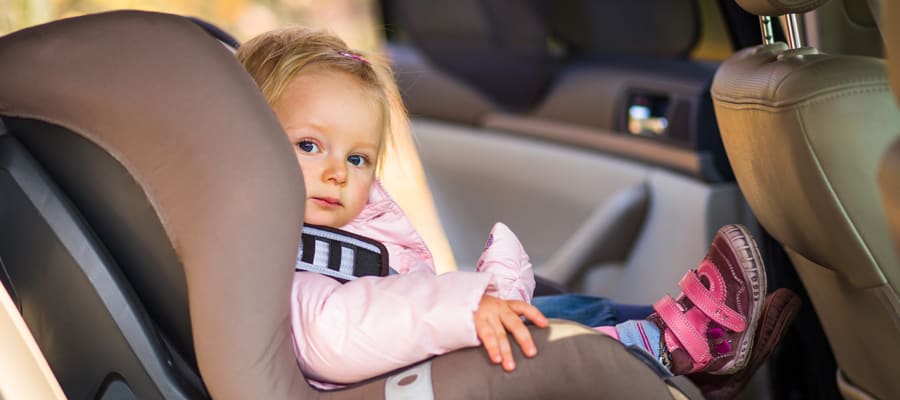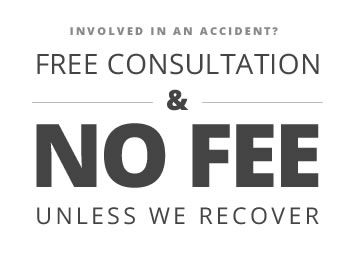Due to the size, weight, and stage of physical development, children are among the most vulnerable occupants in the vehicle in the event of a car accident. Unfortunately, statistics from the US Centers for Disease Control and Prevention reveal that some parents are not doing enough to keep their kids safe while riding in a motorized vehicle. Of the 675 children who died in auto crashes in 2017:
- Almost half of the children 8-12 years old were not wearing seat belts;
- Approximately 36% of 4-7 year old kids were not properly restrained in a suitable car seat; and,
- Around 22% of children under age 4 were not secured in a car seat appropriate for their age.
Based on this data and your duties as a parent, the importance of buckling up children is clear. However, what you may not realize is that an estimated 46% of child restraint systems are used incorrectly. A statistic that includes mistakes in choosing the right car seat. Misuse decreases effectiveness, which could have horrific consequences if you are involved in a Maryland auto accident.
To determine the right restraint device for your child, it is helpful to review four different phases:
- Rear-Facing Seats: From birth to around age 2, your baby needs extra support for the head, neck, and spine in a crash. A rear-facing seat offers the best protection when installed in the back seat – NOT the front passenger’s position. When your child reaches the upper weight limit, around 35 pounds, he or she is ready for the next phase.
- Forward-Facing Seats: These child restraint systems sit upright, with an internal harness system that limits forward momentum in a crash and evenly distributes the impact throughout the child’s body. They should also be installed in the back seat, and are suitable for children from 40-65 pounds. Though you should check the manufacturer’s limits.
- Booster Seats: These restraints are your child’s transition to using your vehicle’s seat belts, but with safety features that prevent the harness from causing injuries. Adult seat belts do not offer proper positioning for the child’s lap and shoulders. They could cause trauma to the abdomen and neck. Your child may be ready to move on from a booster seat when he or she reaches 8-10 years old, or is at least 4.75 feet tall.
- Factory-Installed Seat Belts: Maryland law requires children 8-16 years old to be buckled up in ANY position in the car. Your child can move up to your vehicle’s seat belts after outgrowing a booster seat. When your teen starts to drive, you should stress the importance of always wearing a seat belt.
Consult with a Baltimore County, MD Car Accident Attorney
While these four types of car seats can protect children in an auto collision, they do not eliminate injury-causing and fatal accidents entirely. If your child was hurt, you may have legal remedies as a parent to recover for a wide range of losses. It is important to have experienced representation throughout the process, so please contact attorney Michael A. Freedman to discuss your options. We can set up a free consultation to review your circumstances and determine how to proceed.



